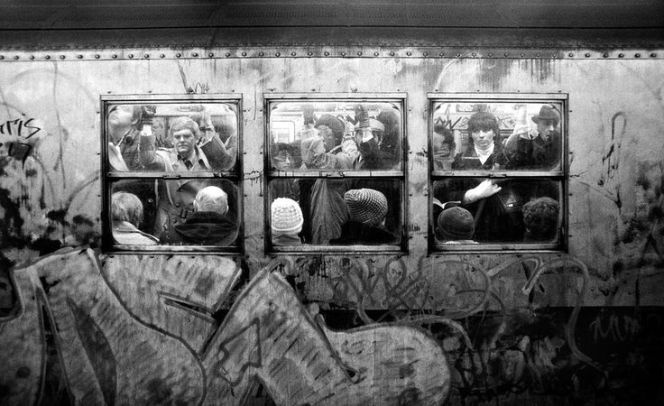The election of Donald Trump, combined with continued GOP control of Congress, has introduced a huge cloud of uncertainty over America's transit agencies. Trump's outline for spending $1 trillion on infrastructure relies on risky financing that doesn't make sense for transit projects. His budget priorities reportedly align with conservative think tanks opposed to all federal transit spending. And his pick to lead U.S. DOT, Elaine Chao, has refused to confirm that transit projects in the pipeline will receive the federal funds agencies are banking on.
Two years ago, Republicans and Democrats passed an uninspiring, five-year transportation bill that essentially continued status quo federal transportation policy. The bill included about $10 billion annually for transit, but under Trump and the Republican Congress, agencies can't be certain that funding will materialize.
While urban and suburban areas retain enough power in Congress to fend off worst-case scenarios, it's helpful to imagine and plan for what might happen in the event of "volatile or punitive" federal policies, writes TransitCenter. To illustrate the situation transit agencies may be up against, TransitCenter looks to the drastic transit cuts Arnold Schwarzenegger pushed through in California after the economic collapse of 2008:
Governor Schwarzenegger’s 2009-2010 budget eliminated the State Transit Assistance (STA) program, the only ongoing source of state funding for the day-to-day operations of public transit. At the time, the STA accounted for as much as 70 percent of the total budget for some of the state’s transit providers, so its elimination quickly precipitated a combination of service cuts and fare hikes across the state. No agency was spared: L.A. Metro was forced to cut as much as 160,000 hours of bus service, despite the fact that voters had just approved Measure R to expand transit. Sacramento Regional Transit District was cut service by 10%. According to Stranded at the Station, a 2009 Transportation for America report, many agencies were forced to eliminate lifeline services for the most vulnerable riders.
Some agencies found ways to lessen these blows. The San Francisco Municipal Transit Agency, second largest in the state, faced a $129 million dollar budget shortfall upon STA’s elimination. However, state law enabled so-called “Congestion Management Agencies” (typically the transit agency in a given municipality) to put a $10 vehicle registration fee before voters to fund transportation projects. San Francisco County approved the fee in 2010 -- today it generates around $55 million a year for transit operations. Additionally, the agency negotiated with labor unions for concessions, located “lifeline” funding grants and ultimately laid off a small percentage of its workforce.
On a smaller scale, The San Joaquin Regional Transit District, which operates buses in Stockton also faced a crippling deficit. n response, the agency developed a scoring system to preserve its most productive routes when imposing service cuts, and found ways to increase system-wide efficiency. It also cut personnel to balance its reduced budget. Additionally, it aggressively sought discretionary grants to cover the cost of capital projects, allowing it to shift other capital funds to cover operations. Some of this came in the form of grants from the FTA, others from the state. Thanks to its multi-faceted response, SJRTD survived relatively unscathed and currently has the 20th highest ridership in the state.
More recommended reading today: Greater Greater Washington looks at how the DC Metro handled the huge crowds at the Women's March. And the State Smart Transportation Initiative reports that U.S. DOT isn't forecasting as much traffic growth as it used to.






